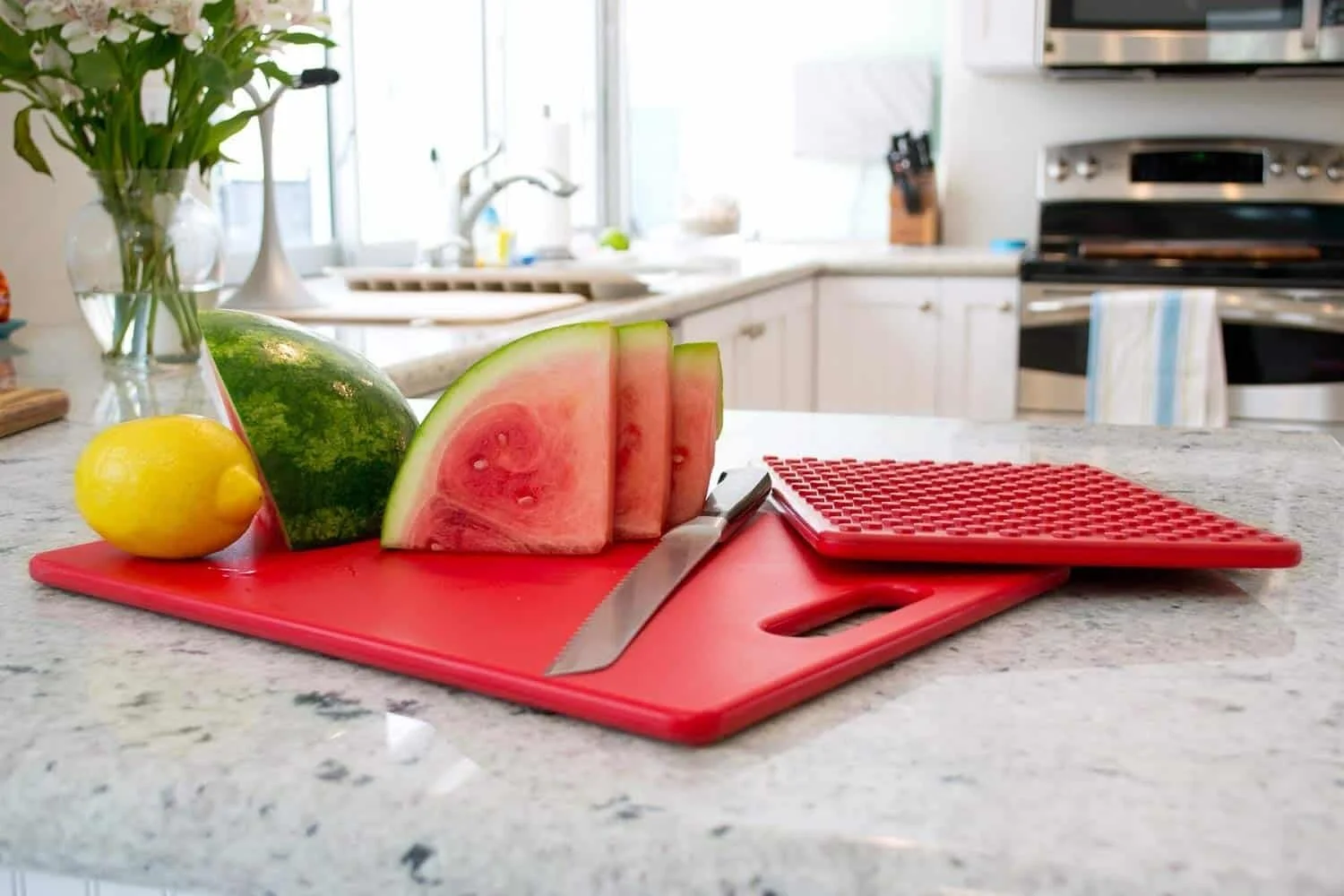Wood vs. Plastic Cutting Boards, Which is Better?
With a multitude of areas to shop, there are hundreds of thousands of options for cutting boards with varying price ranges. And though plastic cutting boards have the lowest price points in the market, does the quality match up? Today, at Schneller&co., we will be discussing whether a wooden or plastic cutting board is the best purchase, as well as the pros and cons of both products.
Pros and Cons of Wooden Cutting Boards
The Pros: A wooden cutting board is super gentle on knives and won't dull the blade in a short amount of time. Some of the gentler woods created for cutting boards are maple and walnut, two wood types most commonly in Schneller&co. 's products. The wood is very durable, and if the board does get scratched up, a quick sanding can easily save it rather than buying a whole new one. Not only are wooden boards aesthetically pleasing, but they're also very sanitary. Many have expressed that because wood can be so absorbent and porous, it is unsanitary. Still, the wood absorbs any bacteria and kills it within ten minutes.
The Cons: The board's size can be much larger than the average plastic cutting board, crowding space in the kitchen. There's also more work put in to keep the cutting board clean and maintained. Since these boards cannot and SHOULD NOT be put in the dishwasher, you must hand wash them with dish soap and warm water (you can also put mineral oil on when it dries to rejuvenate the wood). Lastly, the price of a wooden cutting board is usually higher than the cost of one made of plastic.
The Conclusion: For a more long term, higher quality use, the wooden cutting board is seen as the best choice of cutting board to purchase.
The Pros and Cons of Plastic Cutting Boards
The Pros: As stated before, plastic cutting boards are often relatively cheap, manufactured with inexpensive materials. It is lightweight and spacious compared to a wooden cutting board. A plastic cutting board can handle any dishwasher temperature cycle without warping and fairly durable to a blade.
The Cons: Though the cutting board is durable to a knife, it can dull the blade overtime. While simultaneously wearing down the blade, a knife on the plastic can leave cuts and scratches on the board. These crevasses are a perfect breeding ground for bacteria, leading to potential health risks if not cleaned properly or a premature replacement.
Conclusion: Plastic cutting boards can be an easy, low-price purchase for your household. However, between wooden and plastic cutting boards, this is more of a short-term product.
Well, there you have it!! Those were the Pros and Cons of both plastic and wooden cutting boards and which of the two is seen as the superior buy. We at Schneller&co. hope you enjoyed this week's blog post and hope to see you back here next week!! Stay safe, social distance, wash your hands!!

